The uncertainty is finally starting to clear. Since its launch in 2019, a cryptocurrency app called Pi Network emerged, allowing users to mine tokens for free on their mobile devices. Many rushed to join, mining tokens with just a single tap, some even claiming to hold over 5,000 $PI tokens.
With the Pi Network mainnet now live, the token’s price initially saw a sharp decline, only to surge by 400%, reaching nearly $3. If you’re late to the scene and want to learn more about Pi Network, this guide has you covered. We’ll break down everything you need to know; including market sentiment and industry reactions.
What is the Pi Network?
You’ve probably heard people say, “Pi Network is just a scam”, and it is not surprising. When Pi Network launched in 2019, the crypto space had already seen its fair share of IDO scams, leaving many people skeptical about any new project that promised easy mining.
But here is the thing. Pi Network is not just some random project. It was founded by Dr. Nicolas Kokkalis and Dr. Chengdiao Fan, both of whom hold PhDs from Stanford University. Unlike typical cryptocurrencies, Pi Network is designed to be more than just a token. It is a social cryptocurrency, developer platform, and an entire ecosystem focused on real-world use cases. The idea is simple. Users can mine and transact Pi directly from their mobile devices, while developers can build applications within its blockchain network.
Pi Network uses a negative exponential declining supply model, meaning that the mining rate decreases over time as more people join the network. This approach ensures that early adopters are rewarded while keeping the token’s supply in check.
With over 19 million KYC-verified users, Pi Token has experienced massive volatility, with significant price swings in both directions. However, it continues to face heavy criticism from industry experts and skeptics due to concerns about its centralization, lack of transparent tokenomics, and uncertainty surrounding its true utility. While its growing user base and adoption suggest potential, doubts persist over its opaque supply structure and governance. Some view Pi as a groundbreaking project with innovative goals, while others see it as an overhyped experiment with an unclear long-term value proposition.

Getting Started with the Pi Network
Now that you know what Pi Network is and how it aims to reshape the crypto space, you may be wondering how to get involved. In this section, we break down the steps for mining, buying, and staking Pi tokens, making it easier for you to navigate the ecosystem.
How to Download the Pi Network Mobile App
To get started with Pi Network, the first step is to download and install the app on your mobile device. The app is available on both iOS and Android, making it easy to access. Here’s how you can do it:
Step 1: Go to the App Store (iOS) or Google Play Store (Android) on your mobile device.
Step 2: Use the search bar to look for “Pi Network” and select the first result.
Step 3: Tap “Get” if you’re using an iOS device or “Install” if you’re on Android to begin the download.
Step 4: Once the installation is complete, tap the app icon to launch Pi Network.
Step 5: Follow the on-screen instructions to create your Pi Network account. Once registered, you can start exploring the app.
How to Mine Pi Tokens
Mining Pi tokens is simple once you have created your account. However, you will need to visit the app every 24 hours to continue mining, as the process resets daily. Follow these steps:
Step 1: Launch the Pi Network app on your mobile and tap the “Mine” icon to start mining Pi tokens.
Note: Ensure the “Mine” icon turns green, indicating that the mining process is active.
Step 2: To check your mining rate, tap the “Mine” icon to access the “Mining Page”. Here, you can review your total mining rate along with other factors that affect your earnings.
Step 3: Increase your mining rate by engaging in specific activities. One of the best ways to boost your rate is by inviting more users to your team. To do this, click on the “Team” icon on the homepage.
Step 4: On the Referral Team screen, tap “Invite More” and share your referral code with others to join Pi Network.
How to Stake Pi Tokens
Staking plays a crucial role in securing a blockchain network and helps prevent mass sell-offs when a token goes live. In return, users benefit from staking rewards. Pi Network offers up to 400% in staking rewards for users who lock up their Pi tokens for up to three years. Here’s how you can stake Pi tokens:
Step 1: Open the Pi Network app on your mobile and tap the “Mine” icon.
Step 2: Scroll down and find the “Increase” button under the “Boosters” section, then tap it.
Step 3: A dropdown menu will appear. Locate the “Lockup Reward” section and tap the “Configure” button.
Step 4: On the “Lockup Settings” screen, use the slider to adjust the lockup percentage and lockup duration of your Pi tokens. Once set, tap “Commit” to stake your tokens.
Note: You can only stake Pi tokens after migrating them to the Pi Network Mainnet.
How to Verify Your Pi Account
Pi tokens mined within the app have no monetary value unless moved to the Pi Mainnet. To do this, users must first complete KYC verification. Follow these steps:
Step 1: Open the Pi Network app, tap the “Menu” icon in the top left corner.
Step 2: Within the Menu drop-down, tap on the “Pi Browser” option.
Step 3: Next, simply click on the “Sign in to Pi Browser” button.
Step 4: You will be redirected to the App Store or Google Play Store, where you need to download and install the Pi Browser.
Step 5: Once installed, launch the Pi Browser and follow the on-screen instructions to log in to your Pi Network account.
Step 6: Tap the “KYC” button and follow the steps to complete your KYC verification.
How to Buy Pi Tokens
Not everyone had the opportunity to mine Pi tokens. However, since the Mainnet launch, Pi tokens have been listed on major exchanges like Bitget, where you can easily buy and sell $PI. Follow these steps:
Step 1: Open your browser and visit Bitget. If you don’t have an account, you will need to sign up and complete KYC verification to trade Pi tokens.
Step 2: Hover over the “Trade” tab in the navigation menu and click “Spot” to enter the Bitget Spot Market.
Step 3: On the Spot Trading platform, click on the “Asset Dropdown” button and search for “PI”.
Step 4: Currently, Bitget offers only the “PI/USDT” trading pair. Click on it to proceed with trading.
Step 5: On the right-hand side, you’ll find Bitget Spot trading tools. Click on the “Buy” tab to place a purchase order.
Step 6: Enter the number of Pi tokens you want to buy.
Step 7: Once you have entered the details, click on “Buy PI” to complete your purchase.
The Pi Network Dilemma: Hype vs. Skepticism
Pi Network is stirring up plenty of conversation in the crypto community, and the oPinions are as mixed as you might expect. On one hand, you’ve got notable figures like Bybit’s CEO openly questioning its legitimacy, raising eyebrows and sparking debate about whether Pi Network is too good to be true. That kind of criticism naturally makes you wonder what’s really behind the scenes.
Source: Ben Zhou’s Official X handle
On the flip side, there’s a lot to be said for the support it’s been receiving. A recent Binance poll showed that an impressive 86% of users are in favor of Pi tokens being listed on the platform. Considering Binance’s global reach, that’s no small endorsement. Add to that the fact that top exchanges like OKX, Bitget, MEXC, and Gate.io have already embraced the token, and you start to see a different perspective emerging.
Source: Binance Official X handle
Critics point to concerns like the absence of clear utility and even suggest that the platform might be more focused on data collection. Meanwhile, supporters argue that Pi Network is breaking new ground by enabling anyone with a mobile device to mine crypto, potentially making the digital currency space more accessible than ever before.
At the end of the day, the mixed reactions reflect the broader uncertainties and excitement inherent in the crypto world. Whether you lean towards skepticism or optimism, it’s clear that Pi Network is a toPic worth watching closely as the debate continues to unfold.
Bottom Line
Although Pi token prices are rising, their real utility remains a mystery. Many are questioning how Pi has a market cap exceeding $14 billion. With a centralized blockchain and little transparency about its tokenomics or total supply, holding Pi tokens for the long term carries significant risk due to the project’s uncertainty. However, for traders looking to capitalize on volatility, Pi presents opportunities with substantial price swings in both directions.
FAQs
1. Will Pi Network reach $100?
To determine this, let’s break down some basic tokenomics. Currently, Pi Network has a circulating supply of 6.7 billion tokens and a market cap of $14.8 billion. For Pi to reach $100 per token, its market cap would need to increase by at least 35x, making it the second-largest crypto asset, surpassing Ethereum. Given Pi’s centralized nature, lack of real-world adoption, and ongoing skepticism, such a price surge seems highly unlikely under current conditions.
2. Is Pi Network a scam?
Pi Network isn’t a scam in the traditional sense; it doesn’t charge users money upfront or steal funds, but that doesn’t mean it’s without its concerns. The project has built a sizable community of over 19 million KYC-verified users and is led by founders with reputable academic backgrounds. However, several red flags persist. Critics point to its centralized architecture, vague tokenomics, and prolonged delays in launching a fully functional decentralized mainnet. These issues have led many experts to urge caution, suggesting that while the project may not be fraudulent, its long-term viability and true utility remain uncertain.
3. How does the Pi mining process work on a daily basis?
Mining on Pi Network is as simple as launching the app and tapping the “Mine” icon once every 24 hours. This daily check-in activates your mining session, and as more users join, the mining rate decreases according to a negative exponential model. This design rewards early participants while maintaining controlled token supply.
4. Why does the mining rate decrease over time?
Pi Network employs a negative exponential declining supply model. This means as the network grows, the mining rate gradually decreases. This model is designed to reward early adopters more generously while ensuring that the token supply remains controlled as new users join.
5. If I missed out on mining, can I still participate in the Pi ecosystem?
Absolutely. Pi tokens are now available on major exchanges like Bitget, so you can buy, sell, or trade them. This provides an alternative way to get involved in the ecosystem, although it’s important to be mindful of the market’s volatility and the ongoing debates about the token’s true utility.



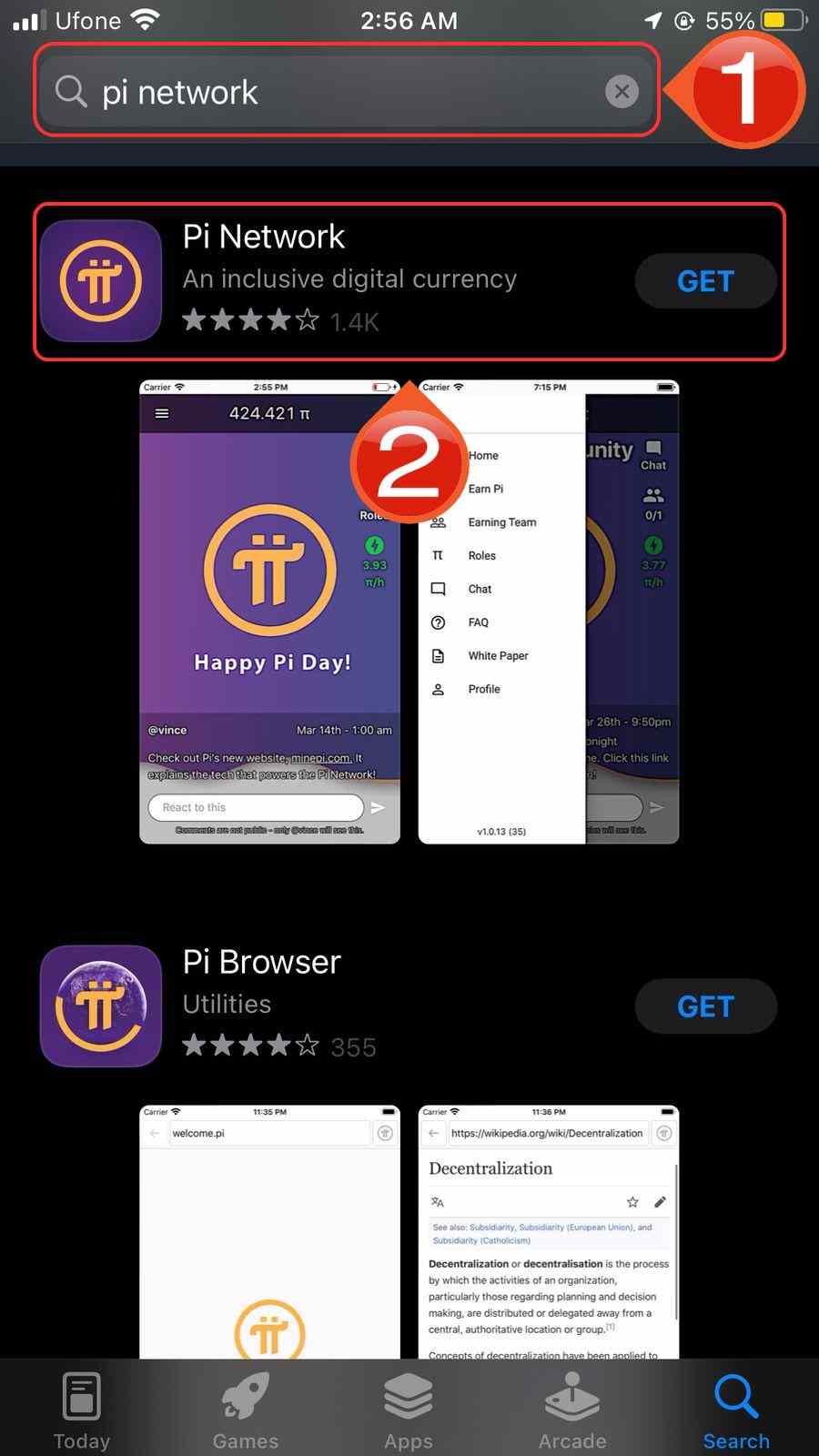

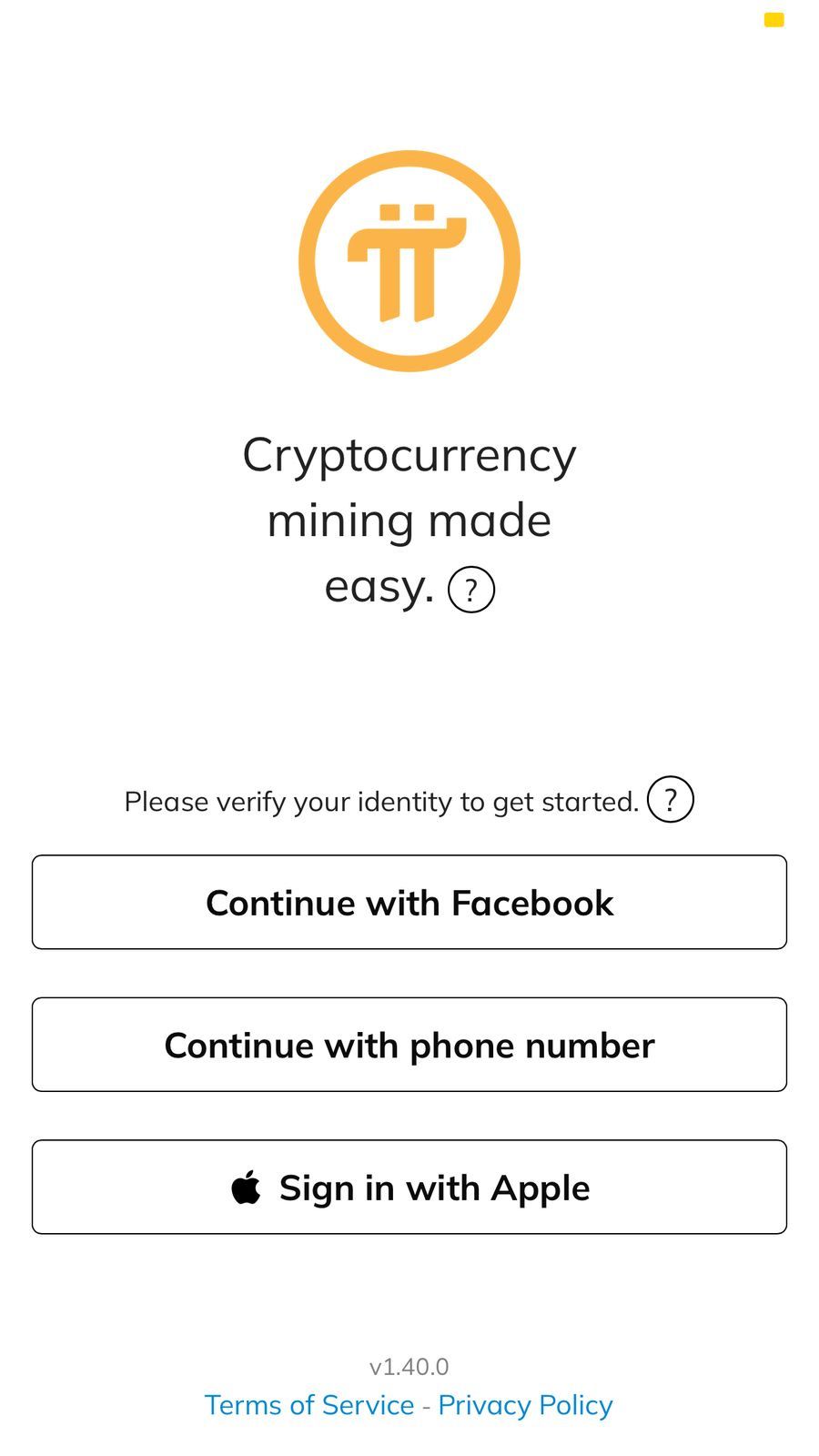

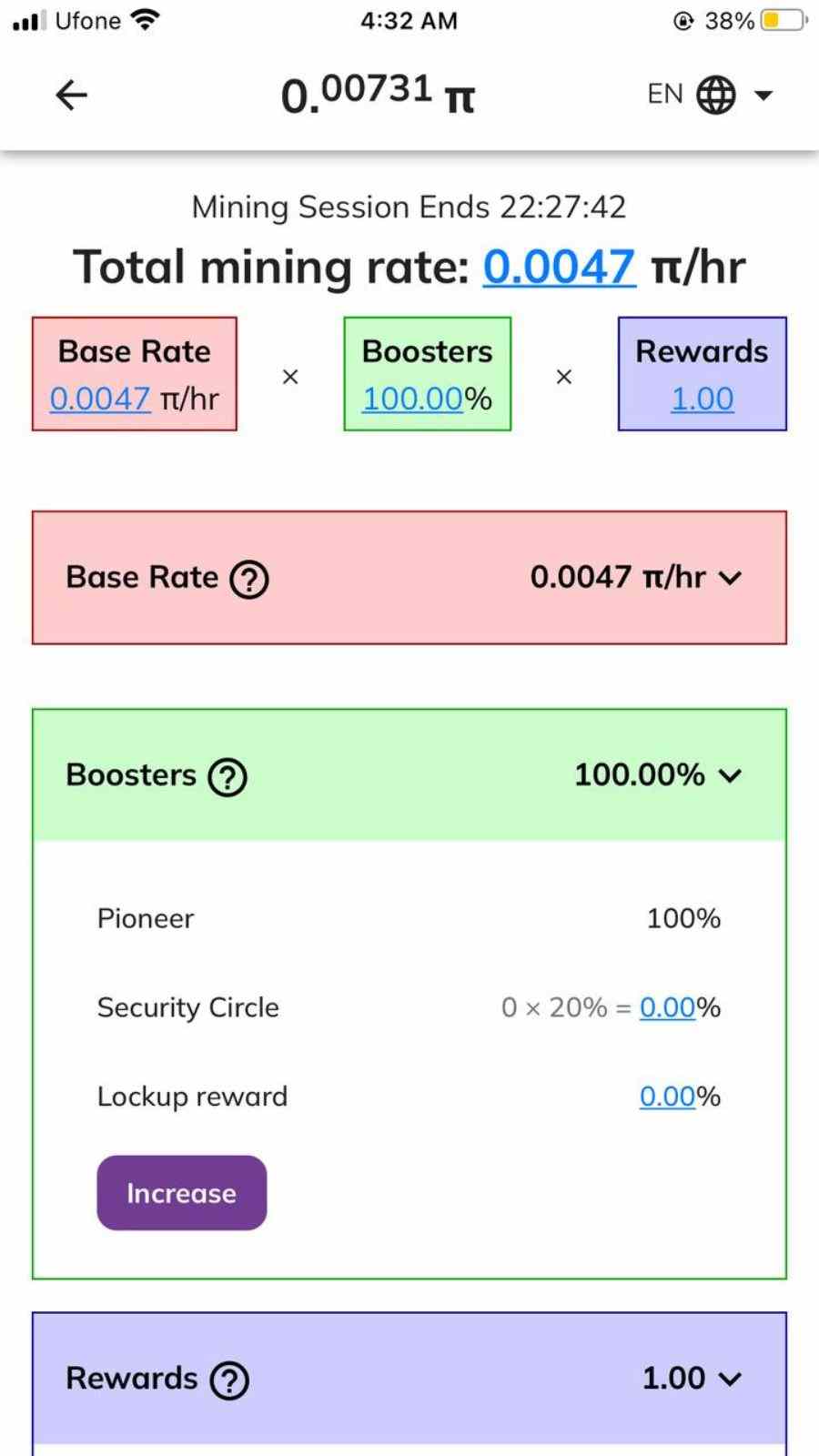
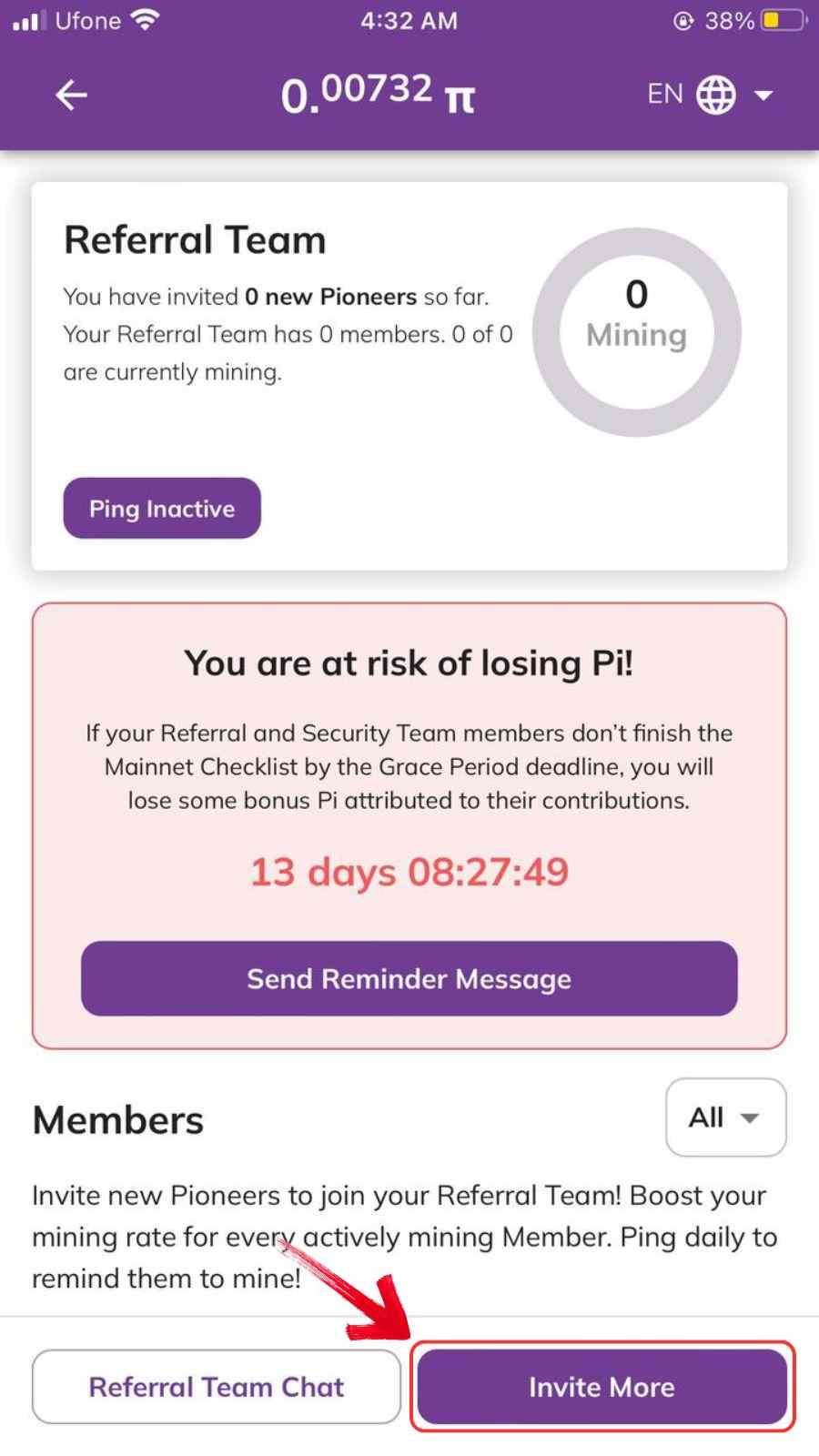
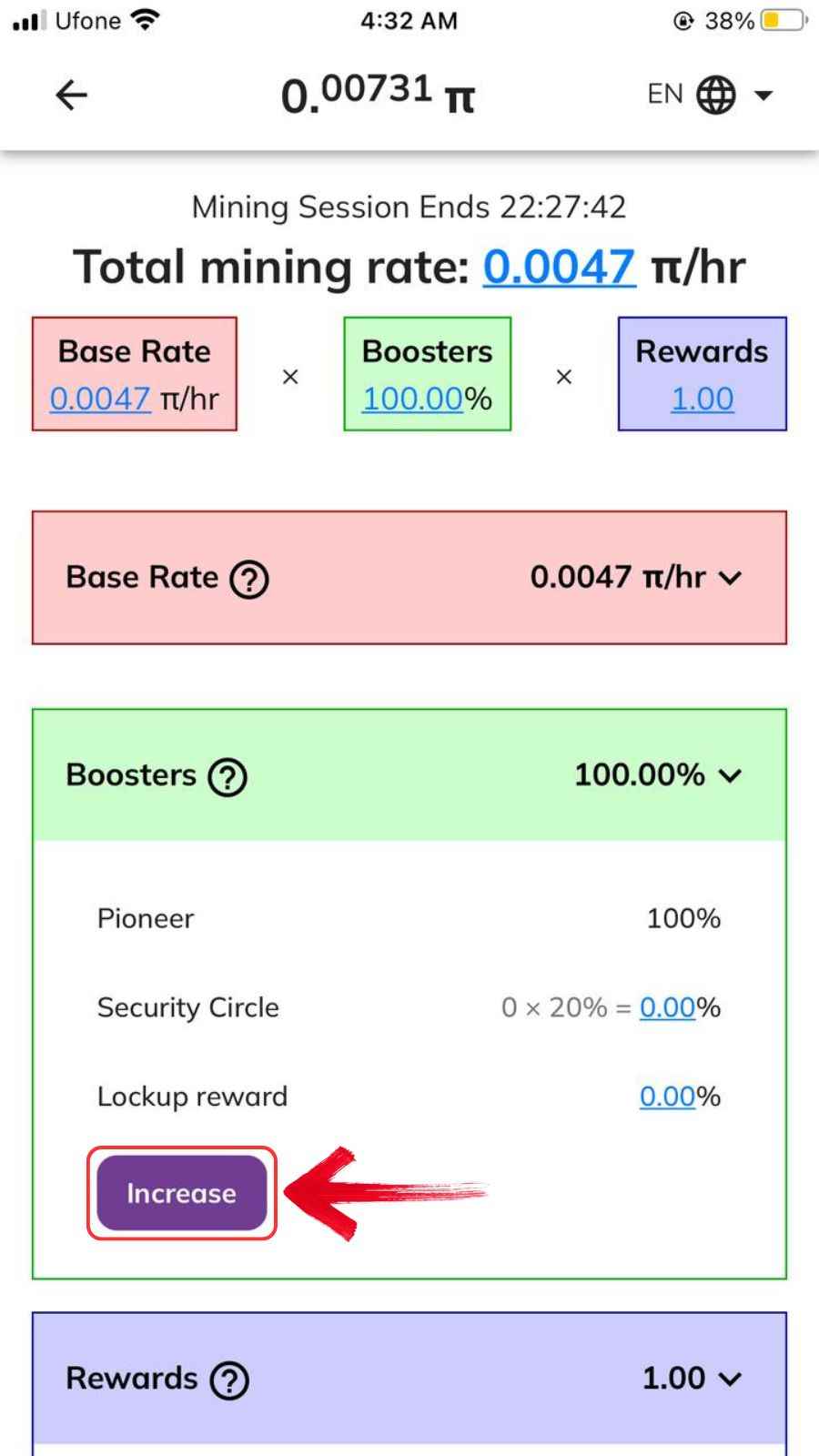
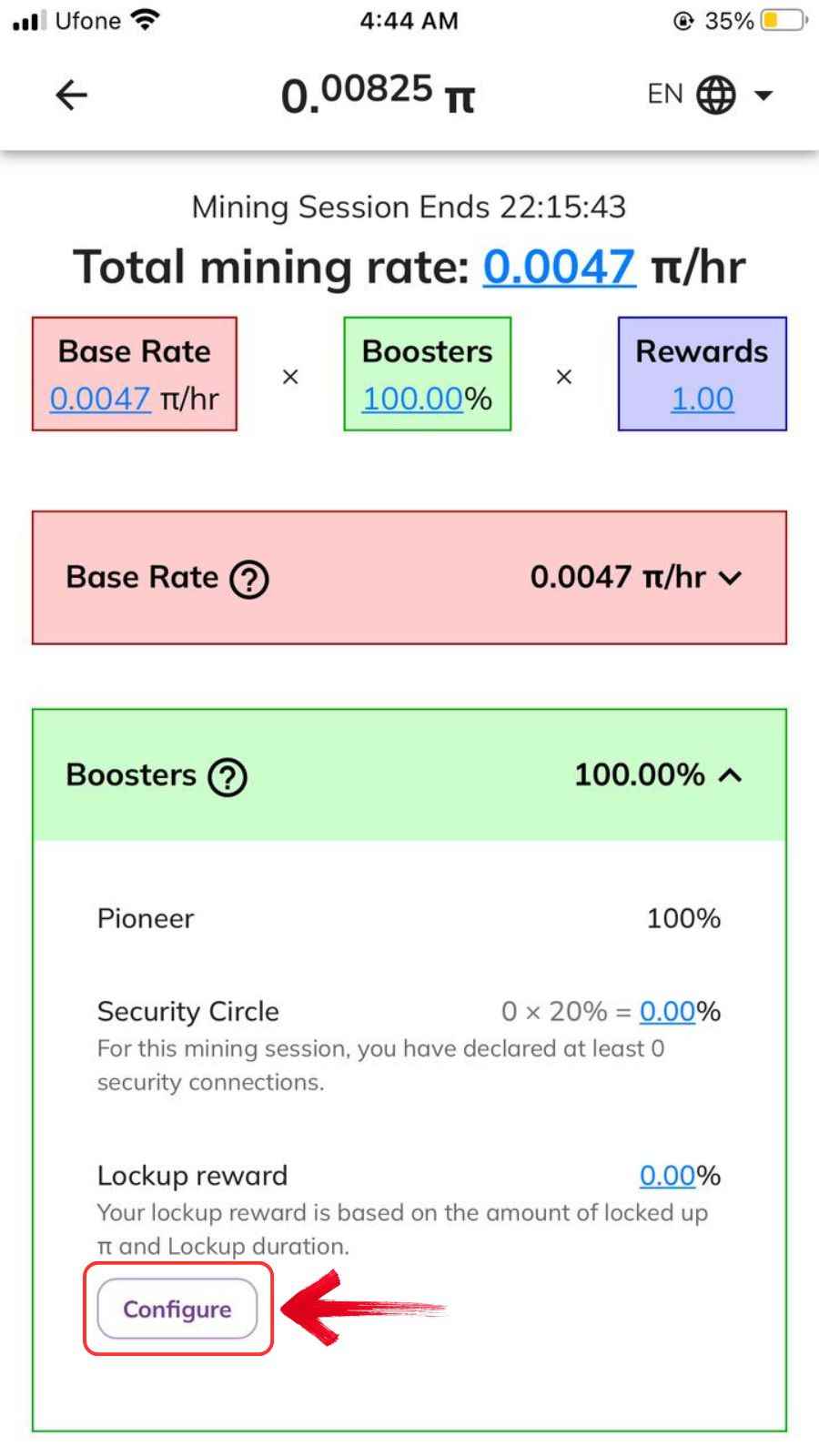
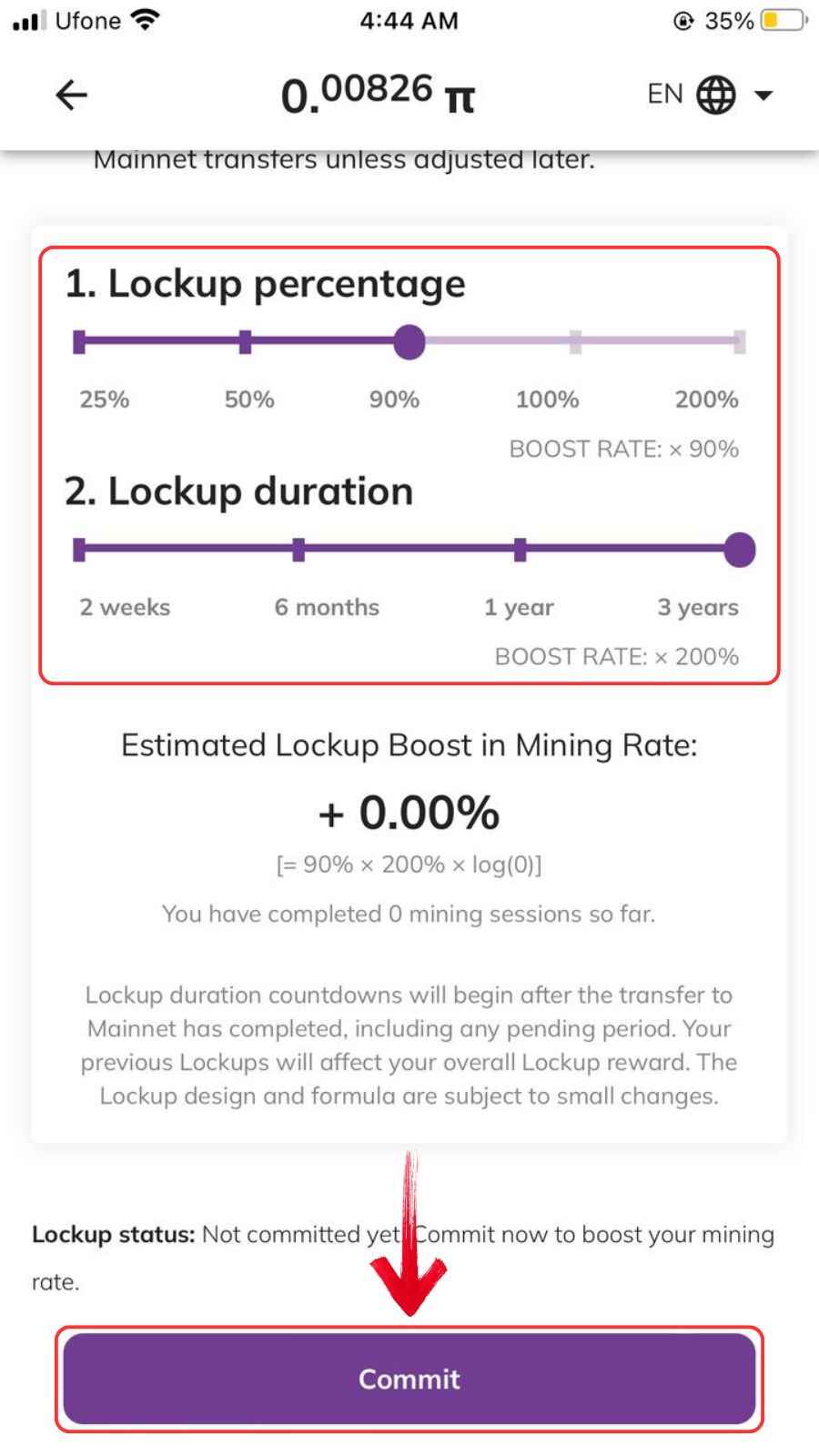
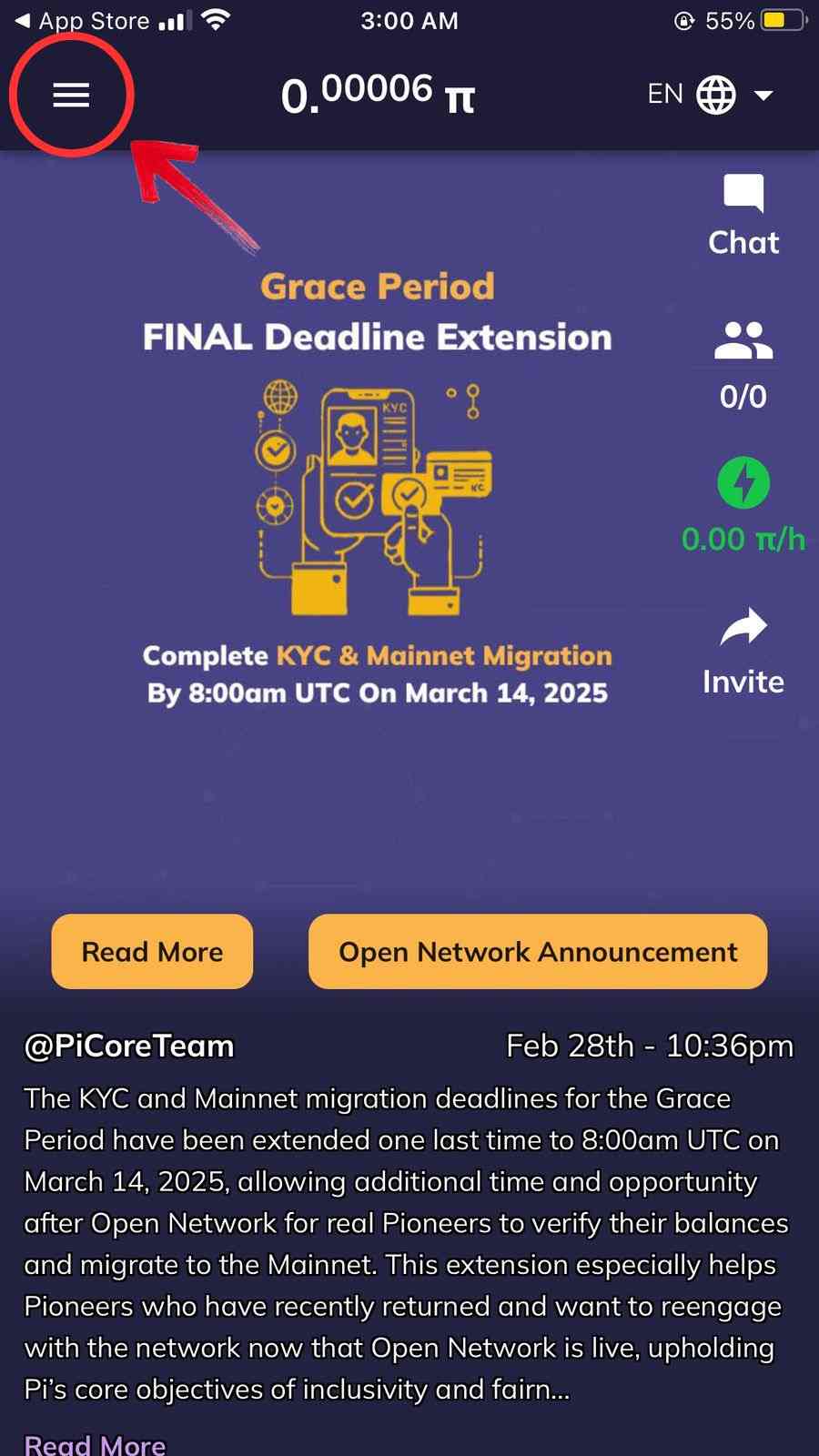
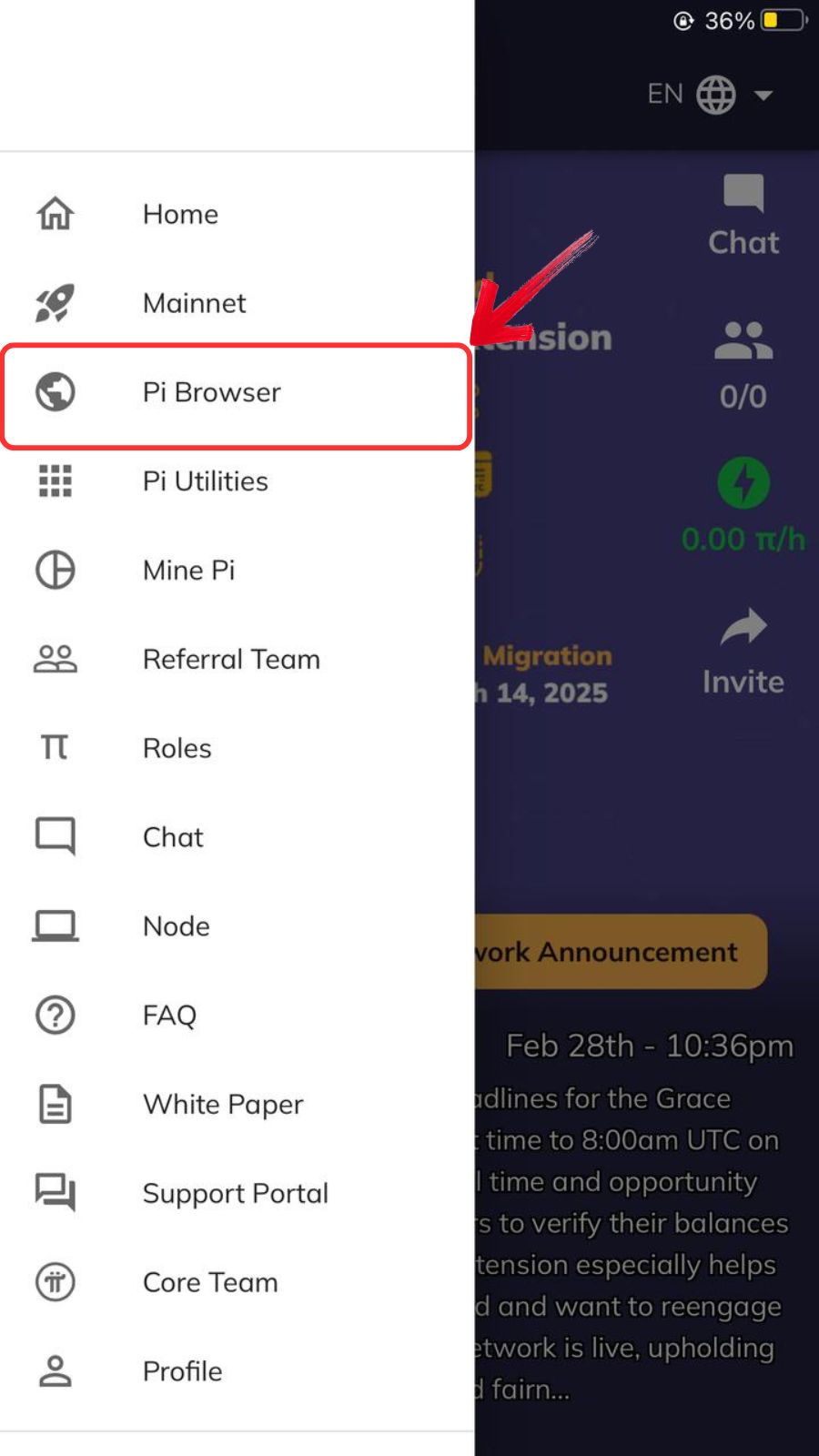
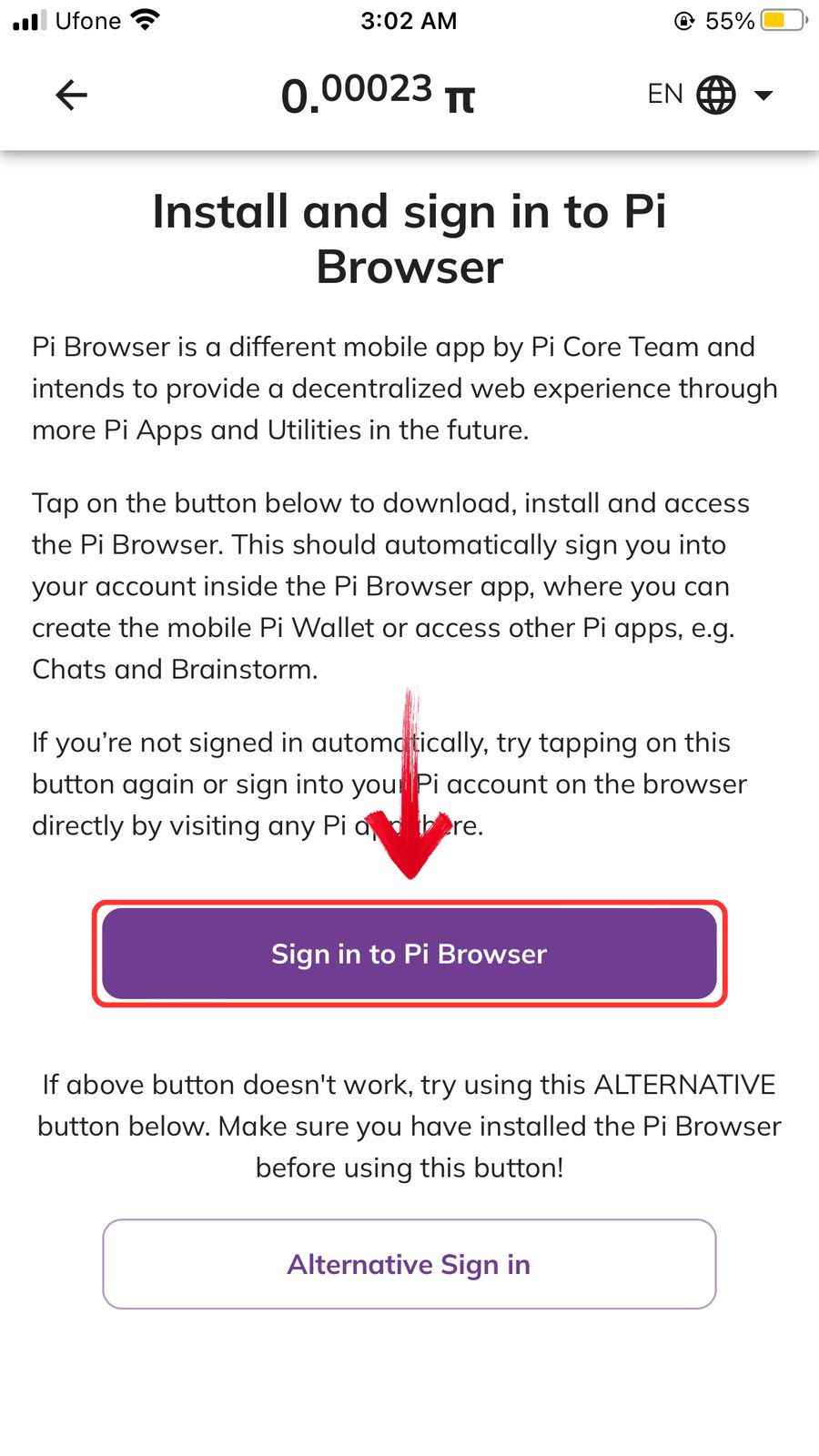
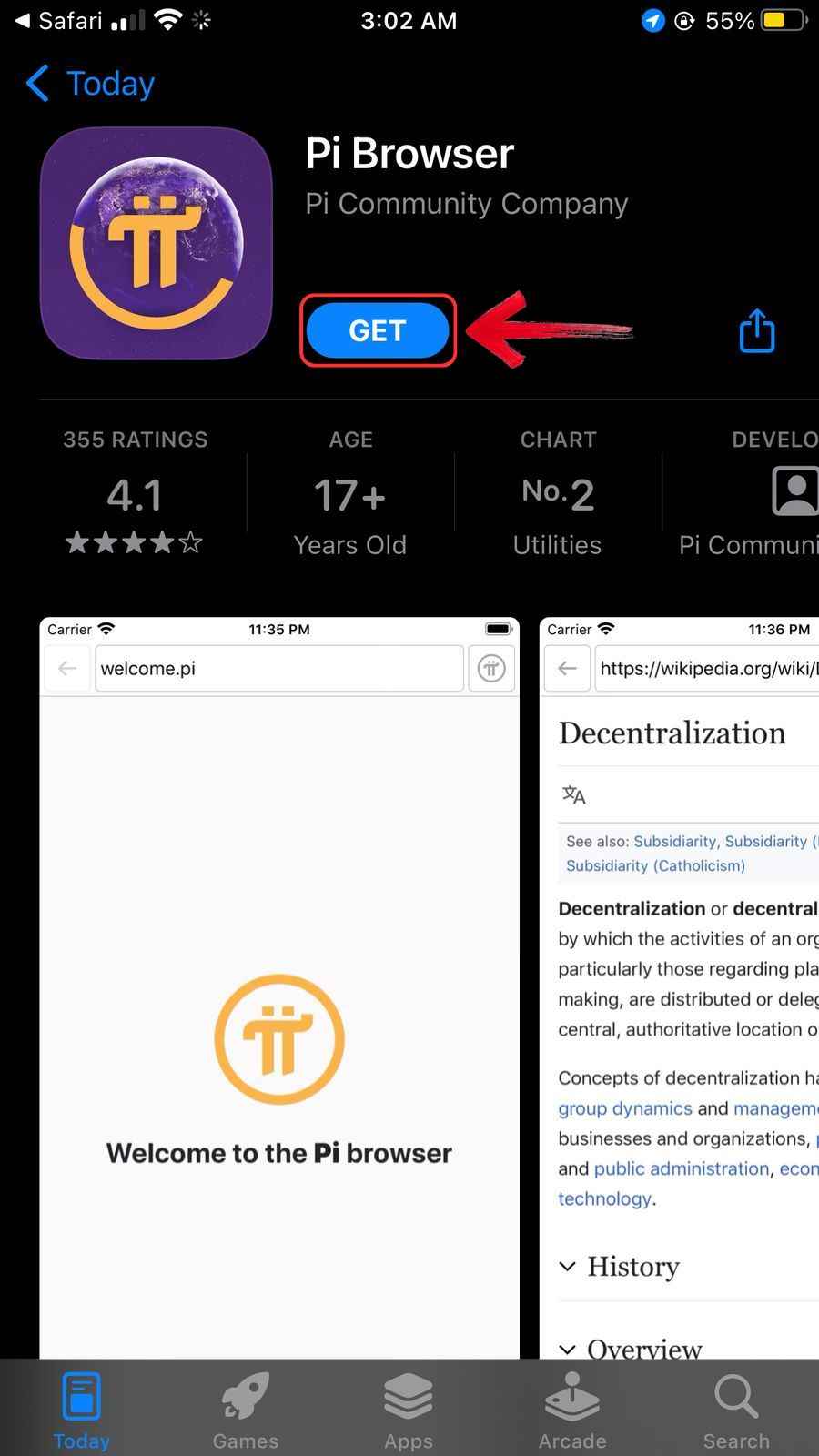
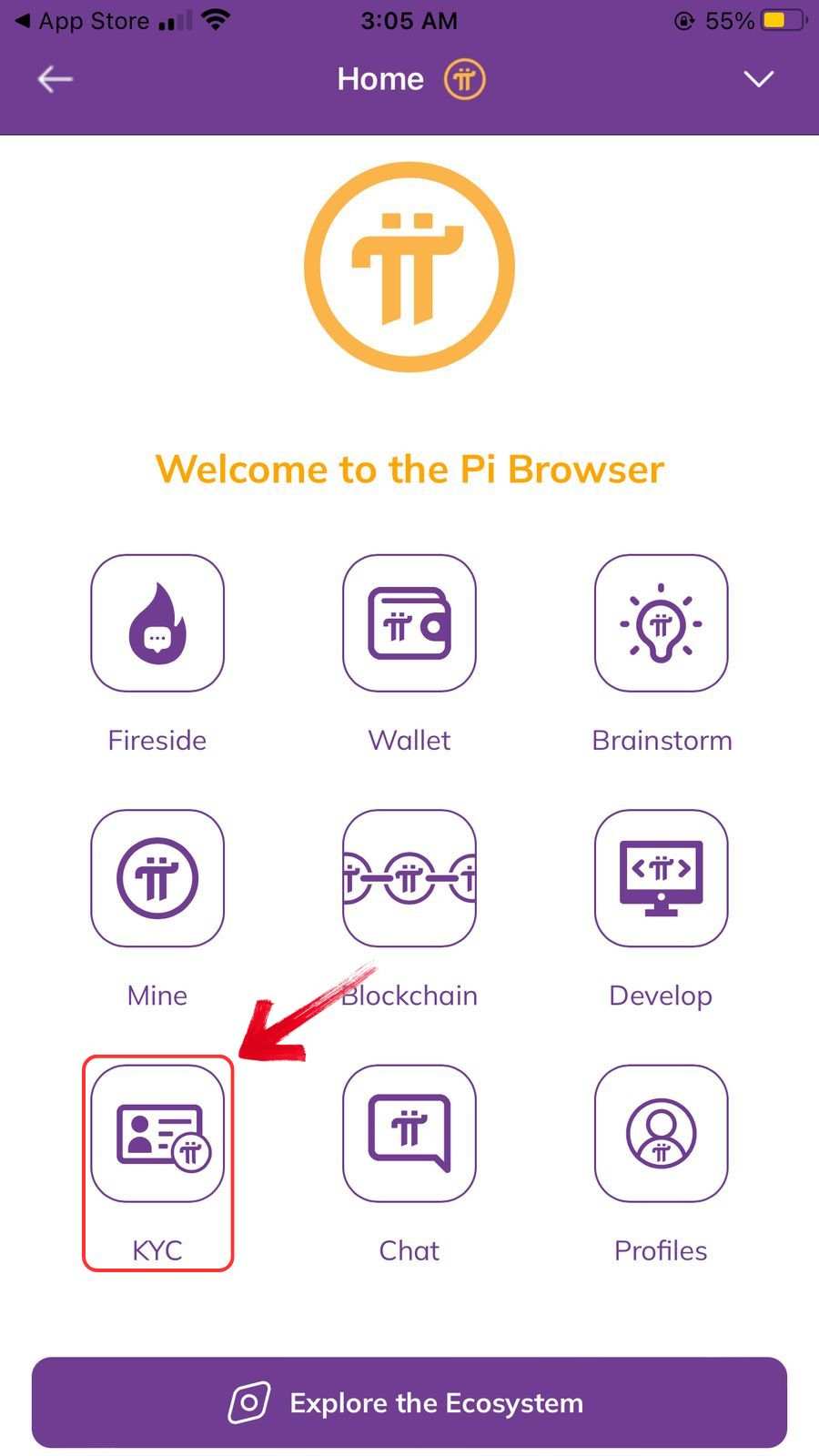
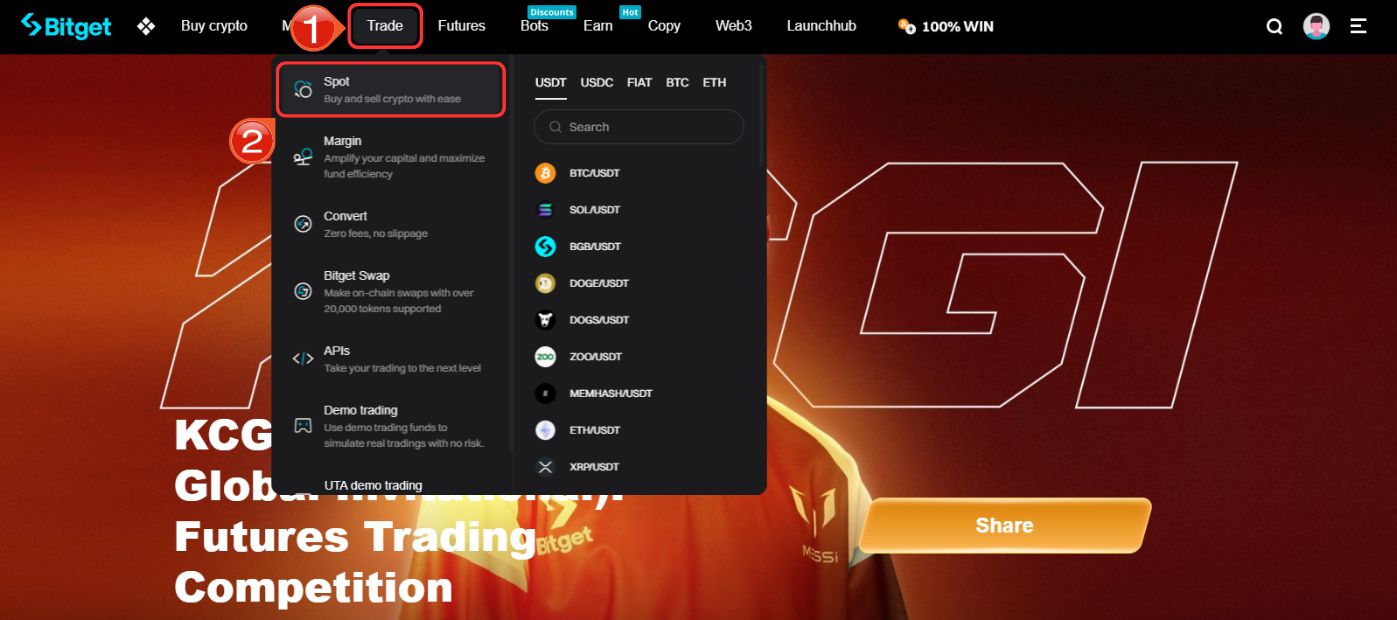
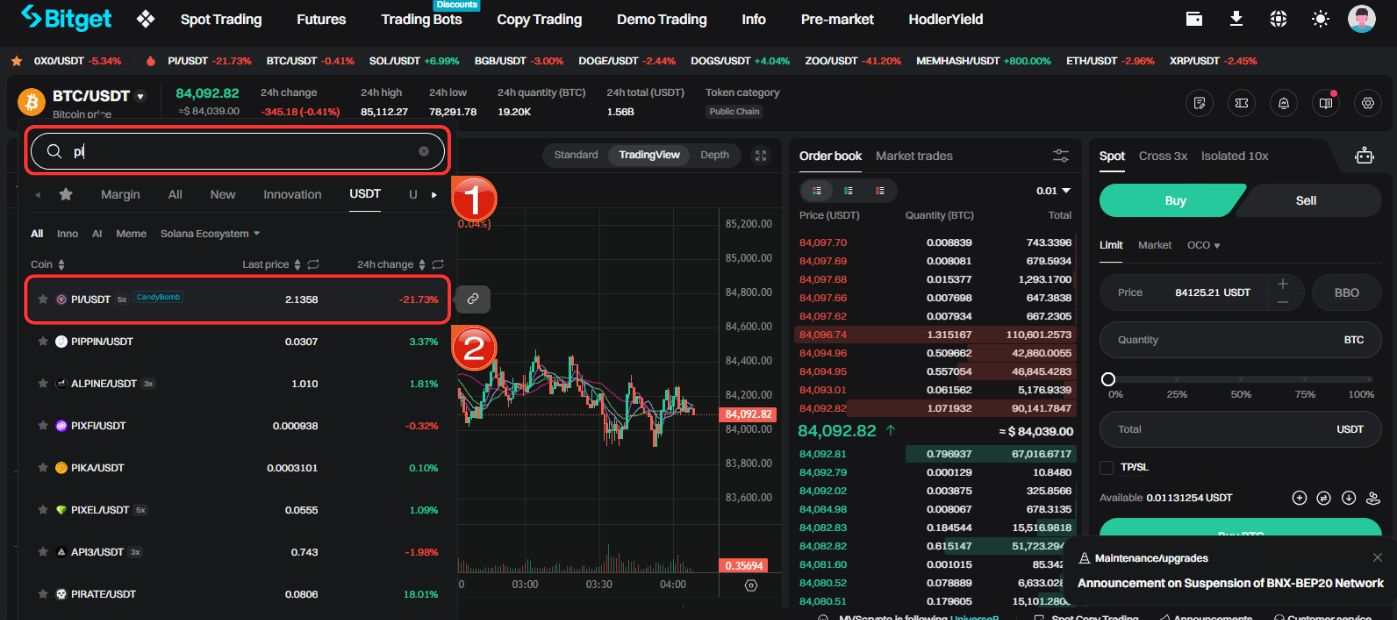
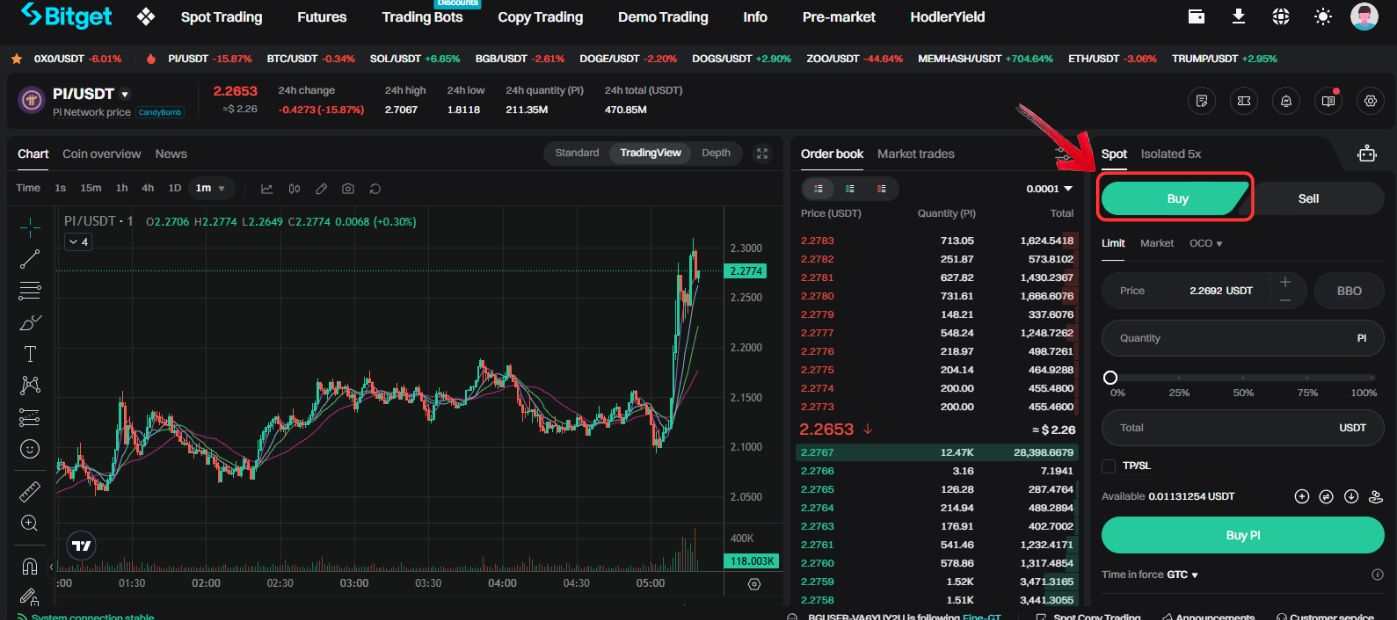
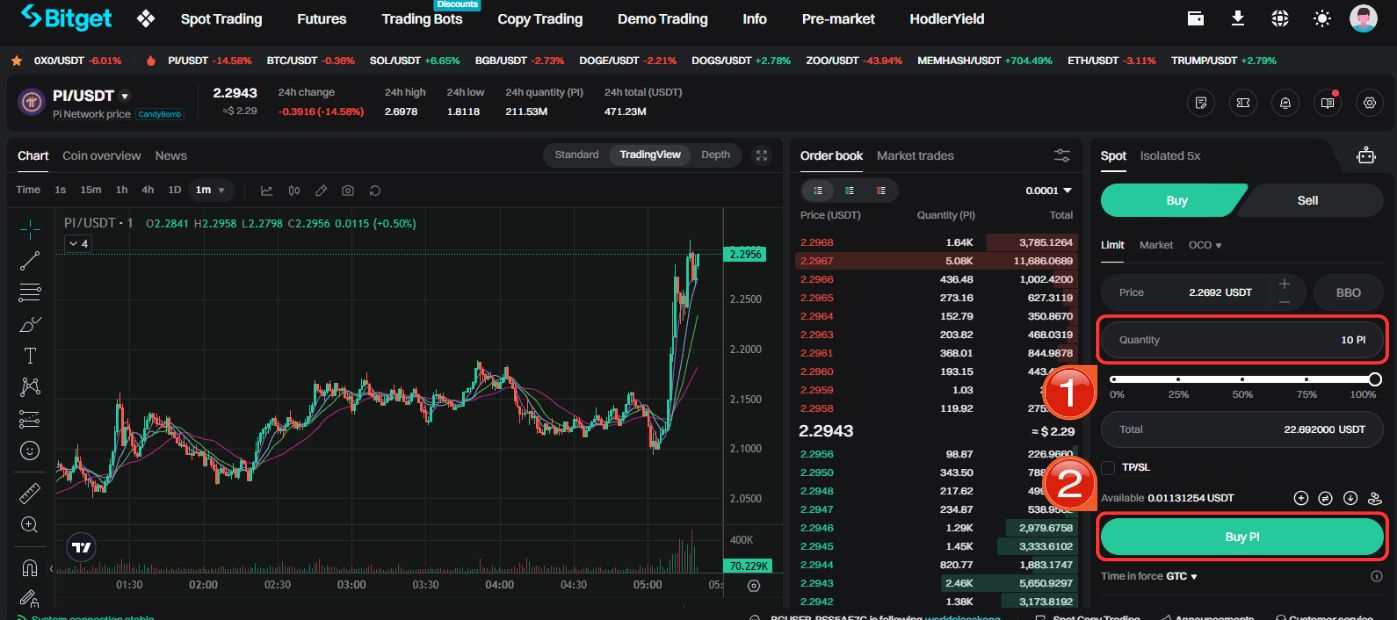
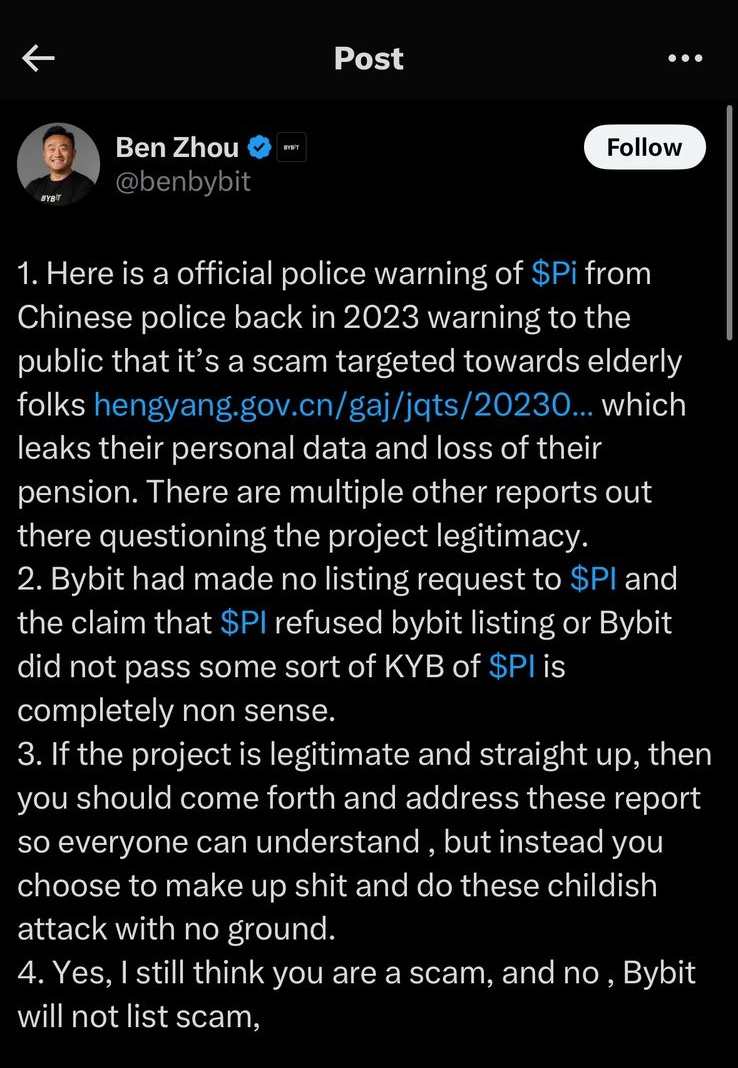

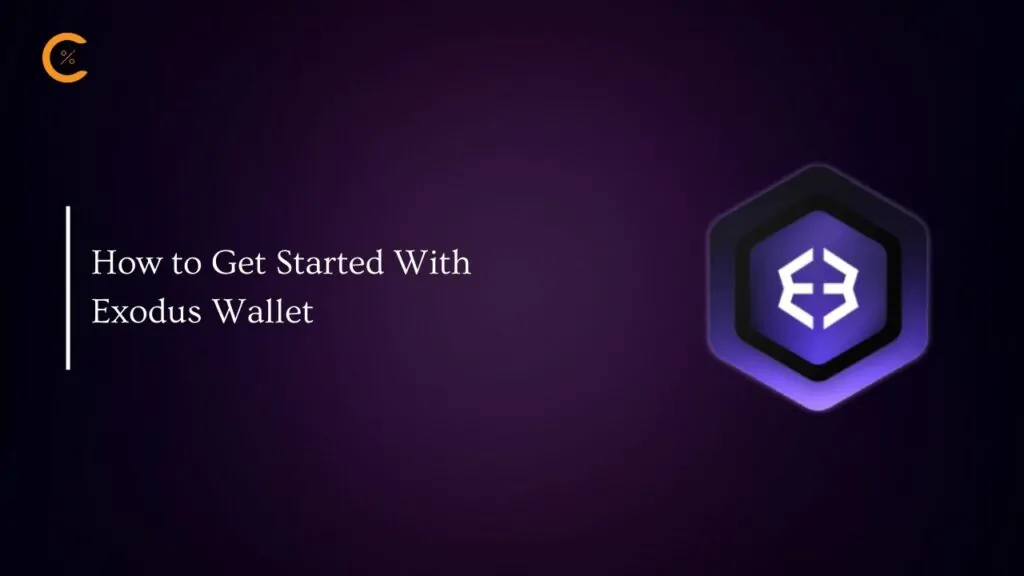

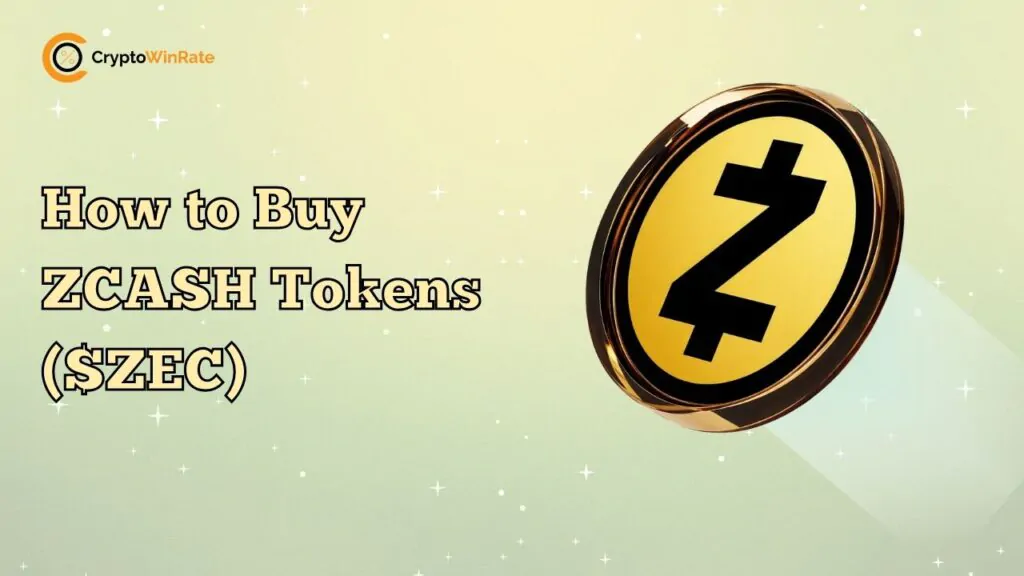
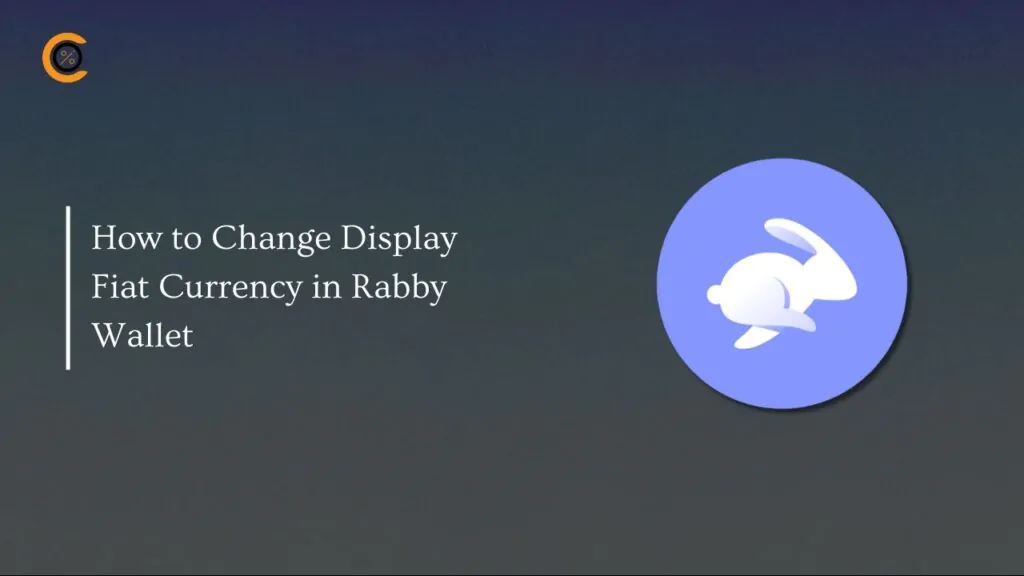
![How to Change Language in Rabby Wallet [2025 Guide]](https://www.cryptowinrate.com/wp-content/uploads/2025/12/How-to-Change-Language-in-Rabby-Wallet-2025-Guide-1024x576.jpg)